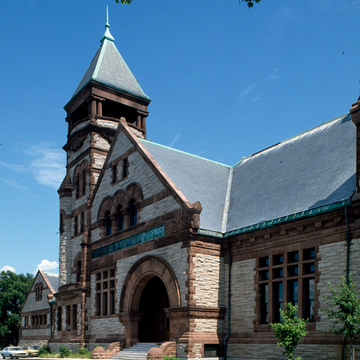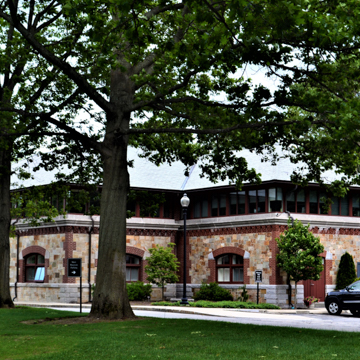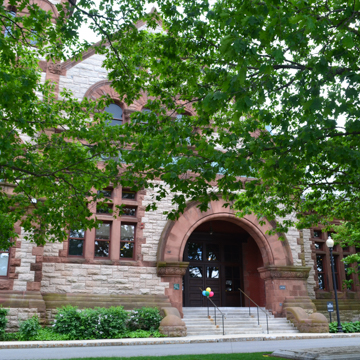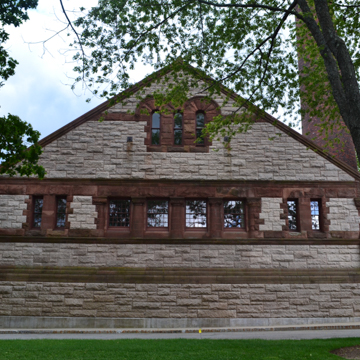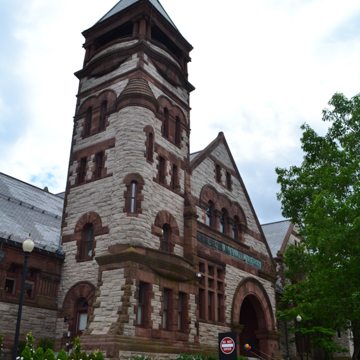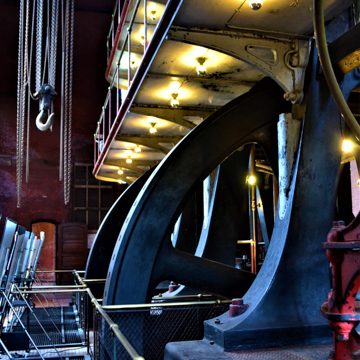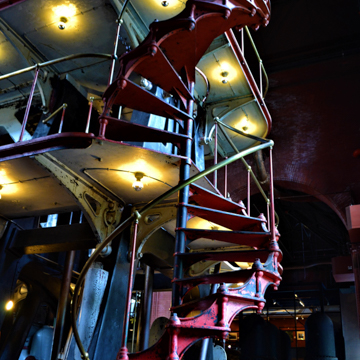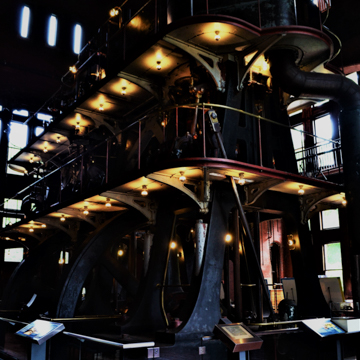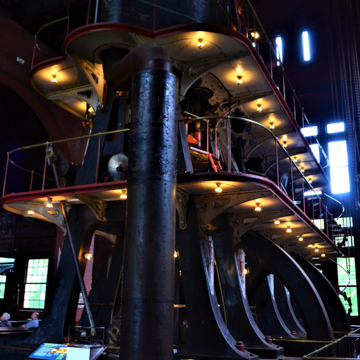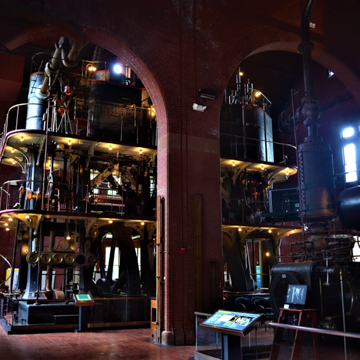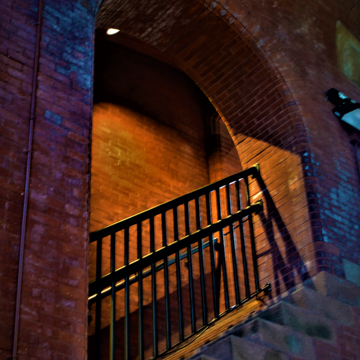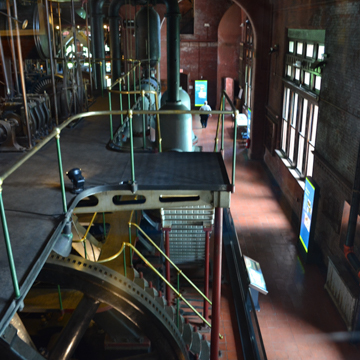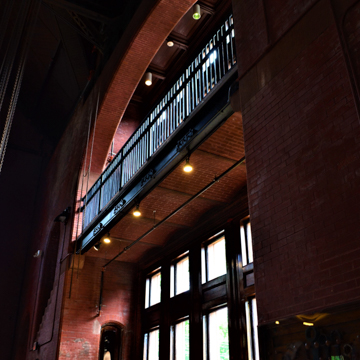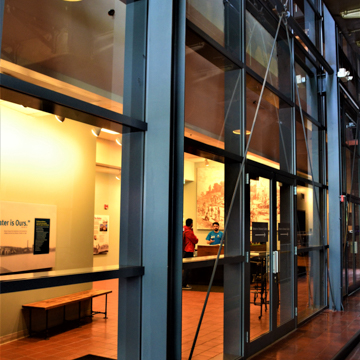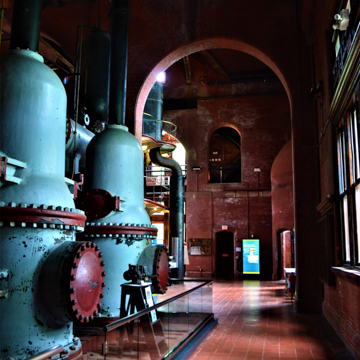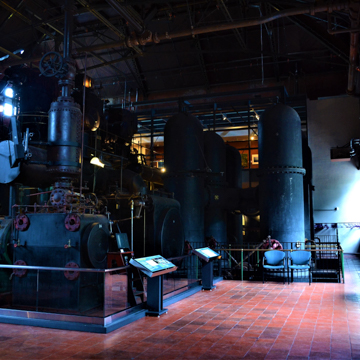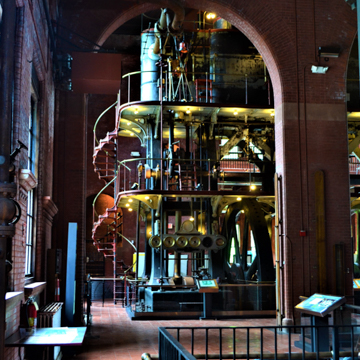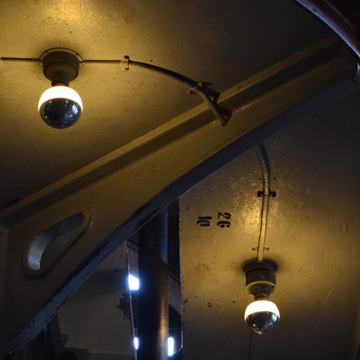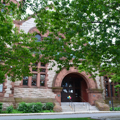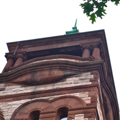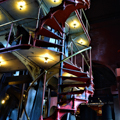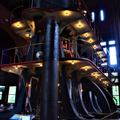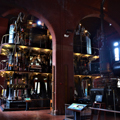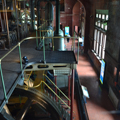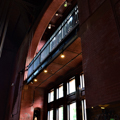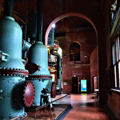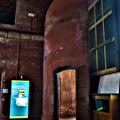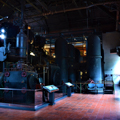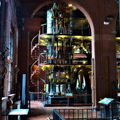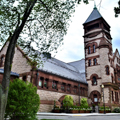You are here
Metropolitan Waterworks Museum
Developed between 1865 and 1901, the Chestnut Hill Reservoir complex remains one of
The Classical Revival Low Service Pumping Station pumped water from Chestnut Hill to the storage and distribution reservoir at Spot Pond in Stoneham. The steel and reinforced concrete building is clad with light gray Indiana limestone, set off by a foundation and main stairs of pink Milford granite and cast-iron window frames and grillwork. The Chestnut Hill complex began to be phased out in the 1940s with the completion of the City Tunnel from the Quabbin reservoir in central Massachusetts and ended service in the 1970s. Although the reservoir is maintained for the short-term as an emergency back-up, plans for a mixed-use redevelopment of the High Service and Low Service buildings have been a preservation issue for several years.
Following restoration in the early 2000s, the station reopened as the Metropolitan Waterworks Museum in 2011.
Writing Credits
If SAH Archipedia has been useful to you, please consider supporting it.
SAH Archipedia tells the story of the United States through its buildings, landscapes, and cities. This freely available resource empowers the public with authoritative knowledge that deepens their understanding and appreciation of the built environment. But the Society of Architectural Historians, which created SAH Archipedia with University of Virginia Press, needs your support to maintain the high-caliber research, writing, photography, cartography, editing, design, and programming that make SAH Archipedia a trusted online resource available to all who value the history of place, heritage tourism, and learning.










